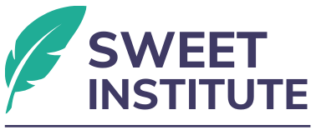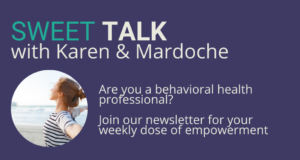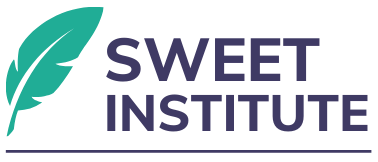From Awareness to Action – Strategies to Break Free from Internalized Oppression

From Awareness to Action – Strategies to Break Free from Internalized Oppression
Introduction: Awareness Is Not Enough
Becoming aware of internalized oppression is a crucial first step. But awareness without action risks leaving people trapped in the same patterns. True liberation requires moving from recognition to transformation, taking intentional steps to dismantle the beliefs, habits, and narratives that no longer serve us. This journey is not easy, but it is possible, and it begins with cultivating strategies that bridge knowledge and lived change.
As Paulo Freire (1970) reminded us in Pedagogy of the Oppressed, liberation is a praxis—“reflection and action upon the world in order to transform it.” To break free, individuals and communities need both insight and tools.
Strategy 1: Challenge and Replace the Narrative
One of the most powerful ways internalized oppression operates is through self-talk. Replacing inherited scripts with affirming truths changes not only perception but also behavior.
- Old Script: “I’m not good enough to lead.”
- Liberating Script: “My lived experience is wisdom; my voice is needed.”
Research in cognitive-behavioral therapy shows that reframing distorted beliefs can significantly reduce depressive symptoms and increase empowerment (Beck, 2011).
- Action Step: Write down one limiting belief you carry and craft a replacement statement. Repeat it daily as an affirmation.
Strategy 2: Reclaim Language
Language is a carrier of power. Terms like “minority,” “at risk,” or “underserved” often reinforce deficit-based frameworks. Reclaiming language means choosing words that affirm dignity, resilience, and agency.
A study by Oyserman & Lewis (2017) highlights that identity-based framing strongly influences motivation and persistence. When people see themselves as agents rather than victims, they act with greater confidence and resilience.
- Action Step: Pay attention to the words you use about yourself and your community. Replace labels rooted in oppression with those that affirm strength.
Strategy 3: Engage in Community Dialogue
Internalized oppression thrives in silence and isolation. Community dialogue breaks the illusion of being alone in the struggle and allows for shared recognition of common patterns.
Bell Hooks (1994) emphasized that “healing takes place in community,” where stories of oppression can be voiced, validated, and reimagined.
- Action Step: Join or create a healing circle where members can share how internalized oppression shows up in their lives, and together, envision alternatives.
Strategy 4: Practice Embodied Resistance
Oppression doesn’t only live in the mind, it embeds itself in the body. Trauma research demonstrates that marginalized individuals often carry stress at physiological levels, leading to health disparities (Williams & Mohammed, 2009). Practices like mindfulness, yoga, and breath awareness can restore a sense of agency.
- Action Step: Dedicate 5–10 minutes daily to breath awareness, focusing on inhaling dignity and exhaling oppression. Notice where in your body oppressive beliefs live, and consciously release them.
Strategy 5: Build Structural Counterforces
Personal practices are vital, but systemic issues require systemic solutions. Creating mentoring programs, leadership pipelines, and organizational cultures of equity provides a scaffolding for sustained liberation.
For example, research on mentorship programs for marginalized students shows measurable increases in academic success and leadership development when counter-narratives are institutionalized (Crisp & Cruz, 2009).
- Action Step: Advocate for structural changes in your workplace, school, or community that challenge inequities and promote empowerment.
Conclusion: The Path of Liberation
Breaking free from internalized oppression is a lifelong process. It is not linear, and it requires both courage and compassion. But every moment of awareness, every shift in language, every act of embodied resistance is a step toward freedom.
As Audre Lorde once said: “The master’s tools will never dismantle the master’s house.” We must craft new tools—born of love, dignity, and collective power—to truly free ourselves.
References
- Beck, J. S. (2011). Cognitive Behavior Therapy: Basics and Beyond (2nd ed.). Guilford Press.
- Bell Hooks. (1994). Teaching to Transgress: Education as the Practice of Freedom. Routledge.
- Crisp, G., & Cruz, I. (2009). Mentoring college students: A critical review of the literature between 1990 and 2007. Research in Higher Education, 50(6), 525–545.
- Freire, P. (1970). Pedagogy of the Oppressed. Continuum.
- Oyserman, D., & Lewis, N. A. (2017). Seeing the destination AND the path: Using identity-based motivation to understand and reduce racial disparities in academic achievement. Social Issues and Policy Review, 11(1), 159–194.
- Williams, D. R., & Mohammed, S. A. (2009). Discrimination and racial disparities in health: Evidence and needed research. Journal of Behavioral Medicine, 32(1), 20–47.
Download the scholarly version of this article by clicking HERE








